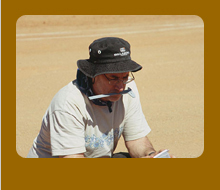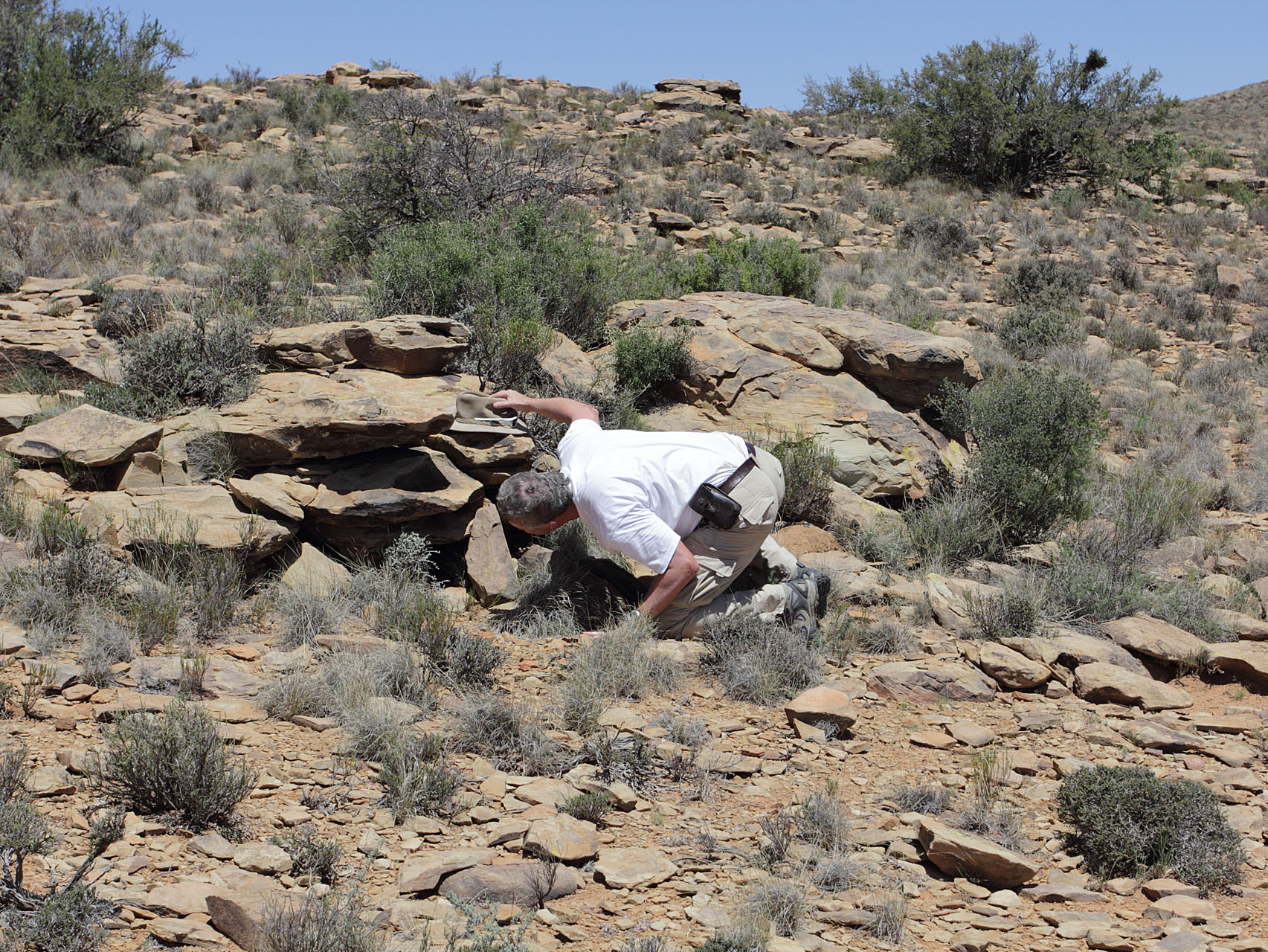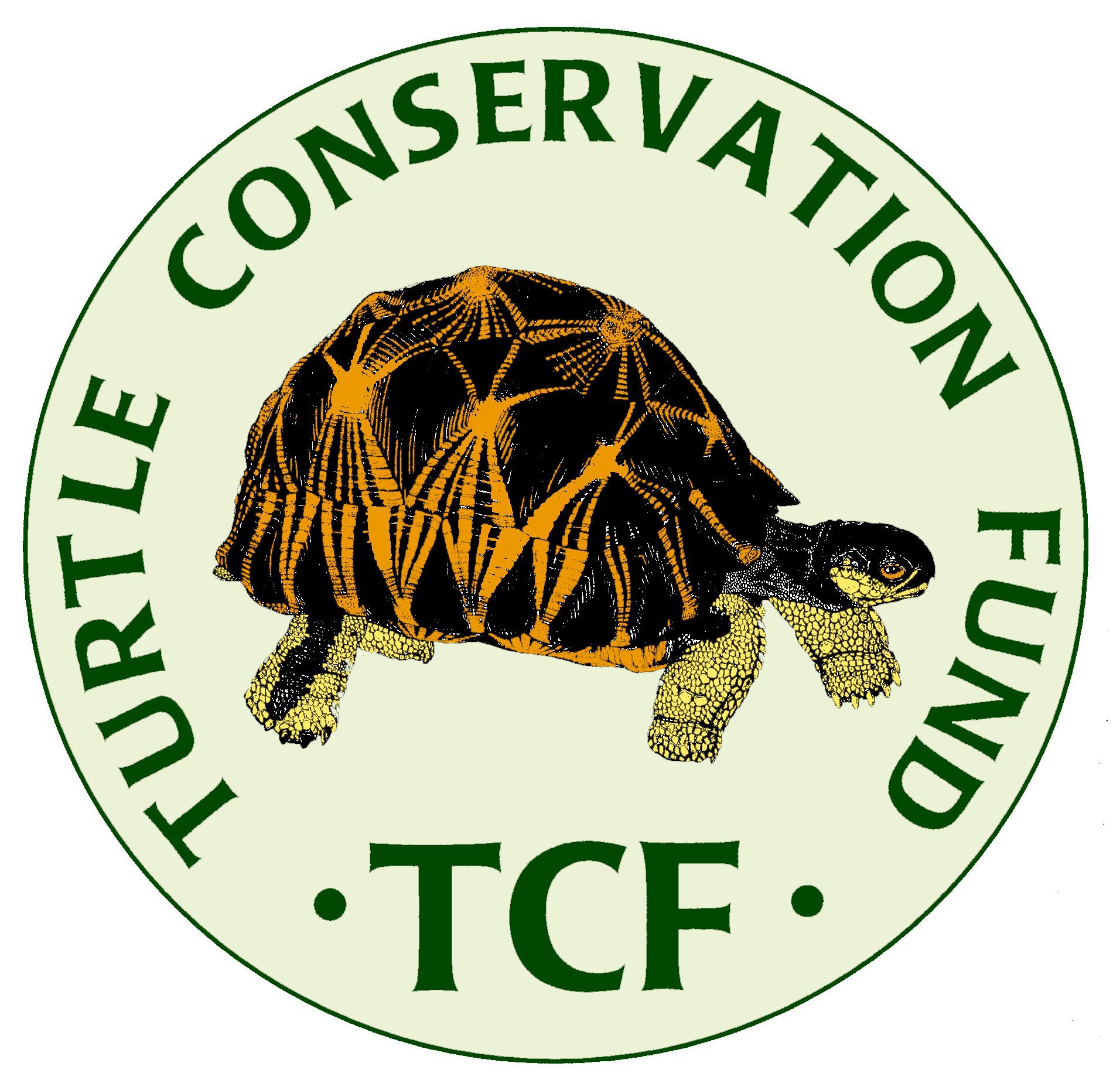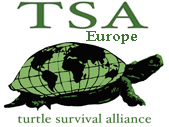
 |
|
Field ecology of Chersobius boulengeri Aim Of all dwarf tortoise species, C. boulengeri is the least understood. Its exact range is not quite known and is believed to shrink. The species is only occasionally sighted, but it is not known if this is due to low population densities or due to generally inactive and secretive behaviours. Since the species may be in decline, information on its ecology is urgently required to facilitate conservation. Materials and methods We used GPS, mark-recapture, radiotelemetry, and radiography. Timeframe and status From 2005 to 2017, several intensive surveys have been conducted to locate a C. boulengeri population dense enough for a meaningful ecological study. Eventually, a useful population was found in February 2017. This study started in 2018 and fieldwork ran until 2022. The data processing and publishing started thereafter, to be finished in 2025. Published articles can be found here.
Collaborators The study is a collaboration with the Chelonian Biodiversity and Conservation programme of the University of the Western Cape and the Northern Cape Department of Environment and Nature Conservation (South Africa). The study also collaborates with Utrecht University and Van Hall Larenstein University of Applied Sciences (both Netherlands) by providing internship positions for students. Finances Total budget is circa € 50,000. This amount includes resources that will be invested by fieldwork volunteers, and does not contain salary: all Dwarf Tortoise Conservation participants work as volunteers and do not receive salary. Sponsors The following sponsors are enabling the project:
Links
|



